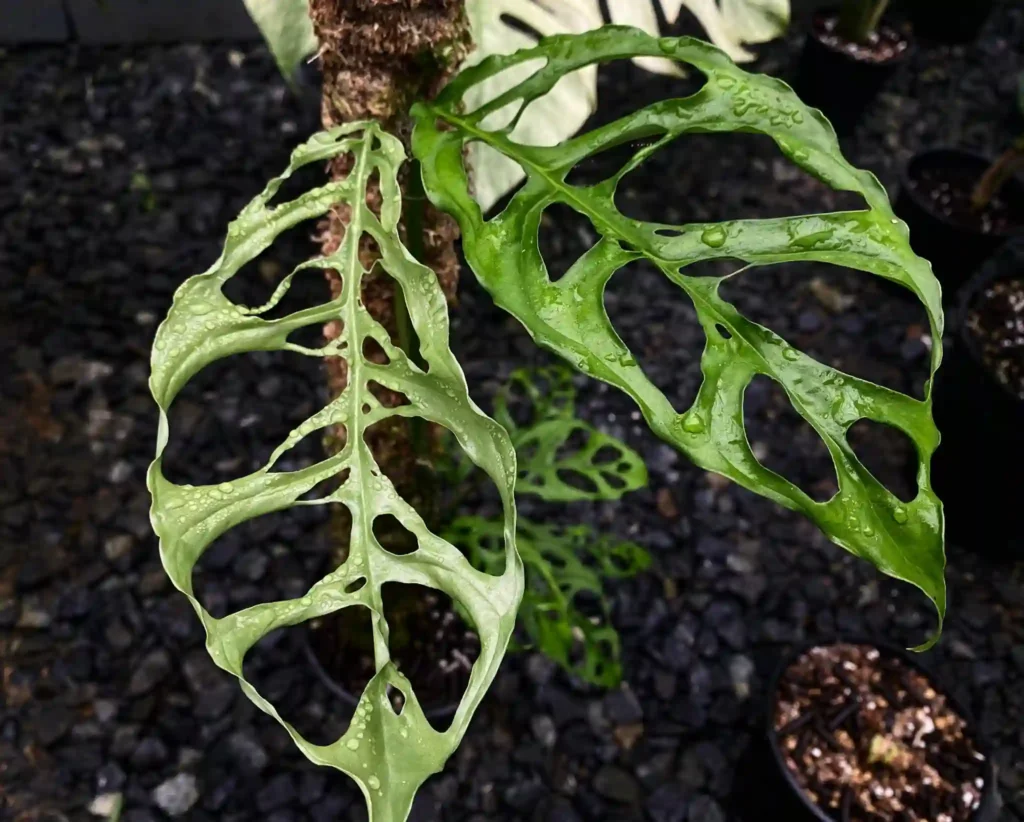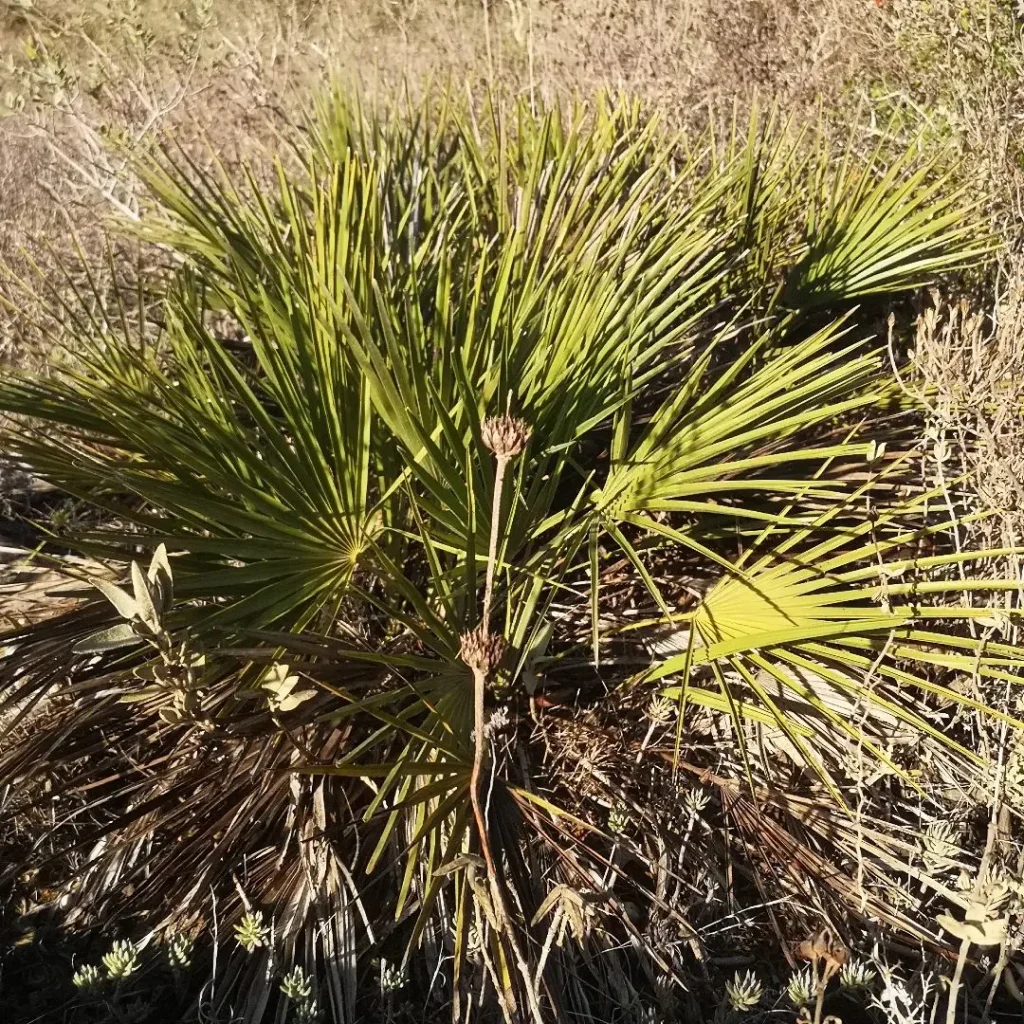The Enigmatic Picrorhiza: A Journey into the Himalayas
My name is Ferb Vu, and I’ve always been fascinated by the incredible biodiversity hidden within the folds of the Himalayas. This majestic mountain range is home to a plethora of unique and valuable plant species, many of which have been used for centuries in traditional medicine. One genus that has particularly captured my attention is Picrorhiza, belong to the Plantaginaceae family, a group of small, unassuming plants with a surprisingly rich history and potent medicinal properties.
Unveiling the Bitter Root
The name Picrorhiza originates from the Greek words “picros” (bitter) and “rhiza” (root), aptly describing the plant’s distinctly bitter taste. This bitterness comes from the presence of various bioactive compounds, including iridoid glycosides like picroside I and II, which are responsible for many of the plant’s therapeutic effects.
Picrorhiza species are typically found in alpine regions of the Himalayas, growing at altitudes between 3,000 and 5,000 meters. These hardy plants thrive in cold, harsh environments, often clinging to rocky slopes and meadows. Their resilience in such challenging conditions is a testament to their inherent strength and adaptability.
Species of Picrorhiza
While the genus Picrorhiza was once thought to contain several species, recent taxonomic studies have narrowed it down to just two accepted species:
- Picrorhiza kurroa: Picrorhiza kurroa, also known as Kutki, is a perennial herb native to the Himalayan region, thriving at altitudes of 3,000 to 5,000 meters. This plant is well-regarded for its medicinal properties, particularly in Ayurvedic and traditional medicine systems where it’s used to treat liver disorders, respiratory issues, and digestive problems. It grows in rocky, mountainous terrain and has distinctive serrated leaves and white to pale purple flowers. The plant’s root is the main source of its therapeutic compounds, including picrosides, which have anti-inflammatory, hepatoprotective, and antioxidant effects. Due to overharvesting and habitat loss, Picrorhiza kurroa is considered endangered in some regions.
- Picrorhiza tungnathii: Picrorhiza tungnathii is a less commonly known species of the Picrorhiza genus, also native to high-altitude regions of the Himalayas. Morphologically similar to Picrorhiza kurroa, P. tungnathii has narrower leaves and grows in alpine and subalpine areas, where it often endures harsh climates. Like its relative, it has been used in traditional medicine, although it is less studied. Research indicates it may contain similar bioactive compounds, potentially providing hepatoprotective and anti-inflammatory benefits. Picrorhiza tungnathii also faces threats from overharvesting and climate change, which have impacted its availability in the wild.
A Treasure Trove of Medicinal Properties
For centuries, Picrorhiza species have been valued for their diverse medicinal properties. Traditional healers have employed these plants to treat a wide range of ailments, including:
- Liver disorders: Picrorhiza is a renowned hepatoprotective herb, meaning it helps protect the liver from damage. It has been traditionally used to treat jaundice, hepatitis, and other liver diseases.
- Respiratory ailments: The plant’s anti-inflammatory and expectorant properties make it useful in managing respiratory conditions like asthma, bronchitis, and coughs.
- Immune system support: Picrorhiza is believed to enhance immune function and help the body fight off infections.
- Digestive issues: The bitter compounds in Picrorhiza stimulate digestive processes and can help alleviate indigestion, constipation, and other digestive complaints.
- Skin conditions: Picrorhiza has been applied topically to treat various skin disorders, including eczema, wounds, and burns.
Modern scientific research has confirmed many of these traditional uses, revealing the underlying mechanisms behind Picrorhiza’s therapeutic effects. Studies have demonstrated its antioxidant, anti-inflammatory, antiviral, and immunomodulatory activities.
Conservation Concerns
Despite its valuable medicinal properties, Picrorhiza faces growing threats due to overexploitation and habitat loss. The increasing demand for this herb has led to unsustainable harvesting practices, putting pressure on wild populations. Climate change and human encroachment further exacerbate the situation.
Recognizing the importance of conserving this valuable resource, efforts are underway to promote sustainable harvesting practices and cultivate Picrorhiza through farming. These initiatives aim to ensure the long-term survival of this remarkable plant while meeting the growing demand for its medicinal benefits.
A Personal Reflection
As someone deeply interested in the intersection of nature and human health, I find Picrorhiza to be a truly fascinating genus. Its ability to thrive in extreme environments, coupled with its potent medicinal properties, speaks volumes about the resilience and healing power of nature.
It is crucial that we continue to explore the therapeutic potential of Picrorhiza while prioritizing its conservation. By understanding and respecting this valuable plant, we can ensure that its benefits are available for generations to come.
If i die, water my plants!



